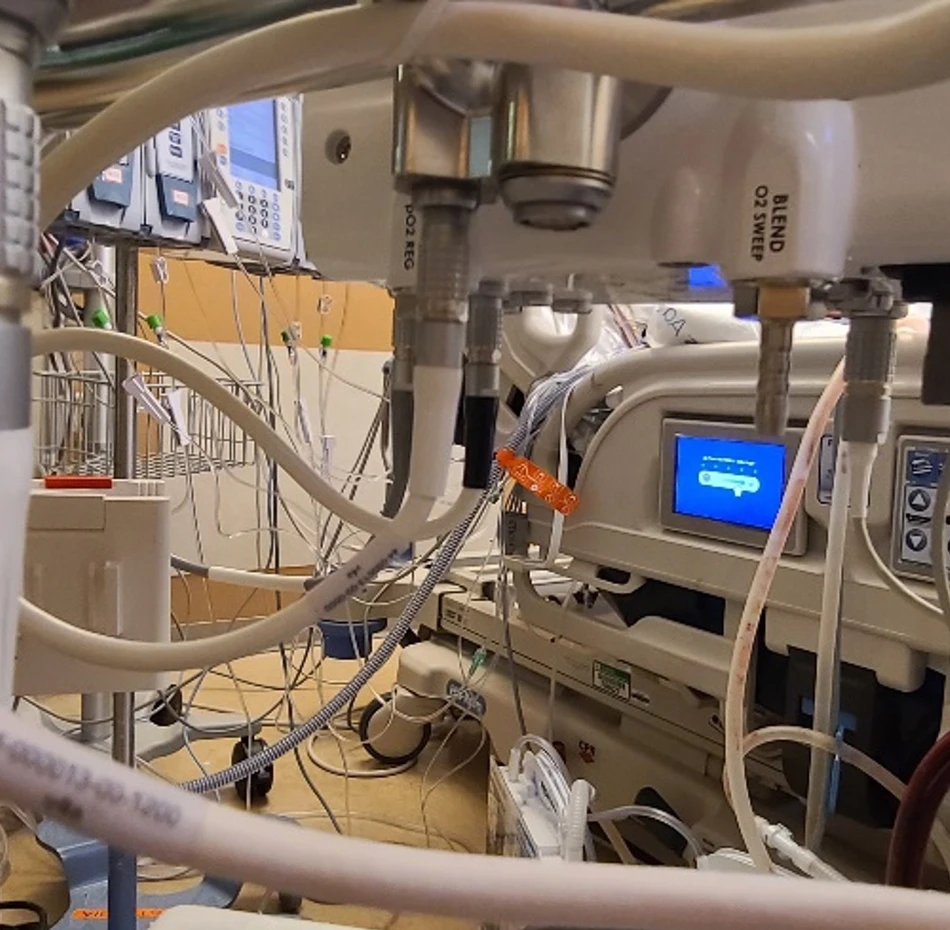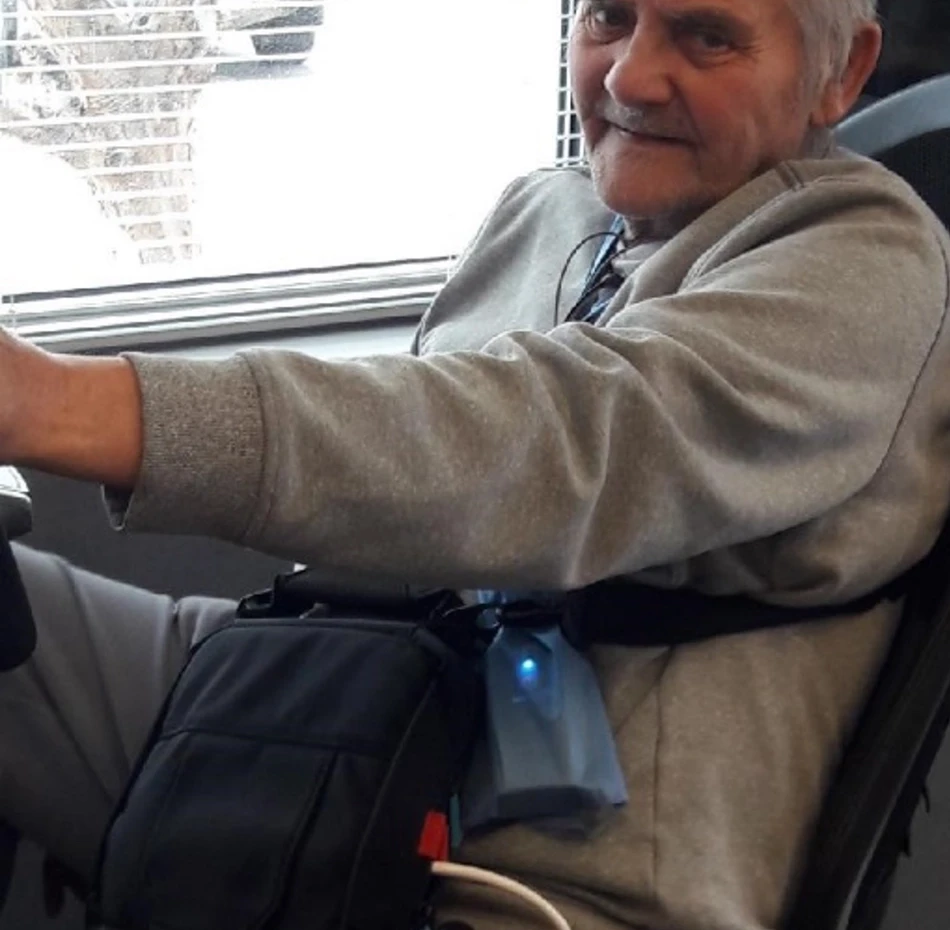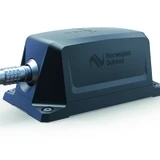LEMO in my heart

"LEMO solutions save lives” may sound like an advertising slogan … until you see these very same solutions connected to the body of someone you love.
LEMO engineer Maggie Carranza tells us all about her experience.
Winter has settled over Colorado. Christmas 2022 is approaching, and decorations light up the streets of Loveland, a pretty town nestled at the foot of the Rocky Mountains.
Meanwhile, a resident of the town John Miszczak is dying.
Lately, his health had suddenly deteriorated. The seventy-two-year-old is transported to University of Colorado Hospital in Denver, at 75km to the South. His condition further worsens as he cannot walk anymore and goes through phases of delirium. He is intubated.
The problem is that his heart couldn’t forgive him for many years of overly stressful work and too many cigarettes. “John has had several heart attacks” explains his stepdaughter, Maggie Carranza. “Including a serious one in 2009 requiring resuscitation.” The old man wears a defibrillator to prevent his heart from stopping and a pacemaker to prevent it from racing.
However, by December 2022, these devices are no longer sufficient.
John had been so much looking forward to playing granddad to his son’s baby girl, born a few months earlier. Then the dream came crashing down, as by Christmas, only the machines are keeping him alive. The analyses are conclusive: the doctors have few options for John Miszczak, his wife Iwona and their son.
The best and most radical solution would be a heart transplant. But John doesn’t have the time to wait for an organ to be available.
Another option is to fit a left ventricular assist device (LVAD), which would then help the heart to send blood to the rest of the body. As often in similar cases, a right ventricular assist device (RVAD) would also need to be connected, to support the functioning of the right ventricle during the operation and recovery. Given the patient’s history, the operation would be extremely risky. Even if successful, they are told, recovery would take long, and life would be complicated afterwards.






